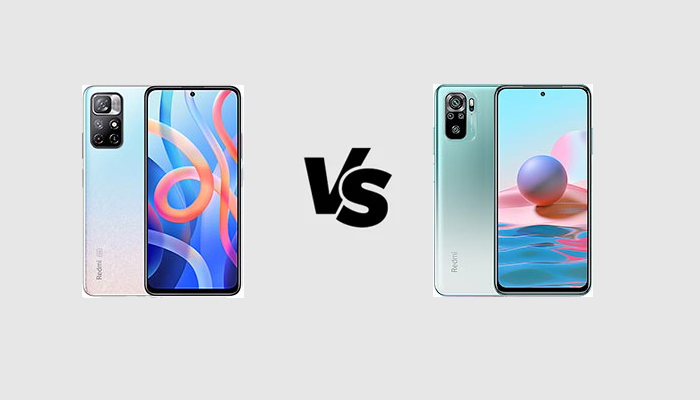
The iPhone XR lags behind on paper, making do with Apple's older A12 chip. The second-generation iPhone SE is powered by the same Apple A13 Bionic chip found in the iPhone 11 and 11 Pro, making it one of the fastest and most powerful iPhones out there (although not for long if the A14 Bionic chip rumoured for the iPhone 12 materialises). Apple has yet to launch its first 5G iPhone – it's likely to be the iPhone 12, due for release in September. Fan of Animojis and Memojis? They're only available on the iPhone XR and iPhone 11. There are a couple of other subtle differences to be aware of: the iPhone SE and iPhone 11 support Wi-Fi 6, the next generation of Wi-Fi designed to boost connection speeds. The SE and XR are available in 64GB, 128GB and 256GB – so there's a smaller, and cheaper option but no 512GB model. And if storage is a consideration, it's worth noting that the iPhone 11 comes in 128GB, 256GB and 512GB variants.

When it comes to user interfaces, all three models run Apple iOS 13 – but expect an upgrade to iOS 14 later this year. The iPhone SE (2020), meanwhile, eschews face unlocking in favour of Apple's second-generation TouchID fingerprint reader, which doubles as a home button.ĭesign-wise, all three phones are water-resistant but the iPhone 11 (rated iP68) offers a slightly higher level of protection compared to the SE or XR (both rated iP67). The iPhone 11 and XR do away with fingerprint sensors and rely solely on FaceID to unlock their screens. For that, you'll have to open your wallet wider and opt for the iPhone 11 Pro Max, iPhone 11 Pro, iPhone X or iPhone XS – all of which feature OLED screens. Side-by-side, there isn't too much in it, with all three handsets displaying a colourful, balanced and hugely watchable picture. The iPhone XR and iPhone 11 both feature Liquid Retina HD LCD displays, while the iPhone SE 2020 has a slightly older Retina HD display. This makes it easier on your eyes, especially in darker environments.Īnd all three support Dolby Vision and HDR10, which should make for a more lifelike presentation when streaming movies and TV shows. They match the SE in terms of pixel density, brightness and contrast ratio.Īll three smartphones feature Apple’s True Tone tech, which uses a light sensor to adjust the white balance to match the colour temperature around you. The iPhone XR and iPhone 11 up the stakes with 6.1in edge-to-edge displays and 1792 vs 828 resolution screens.


 0 kommentar(er)
0 kommentar(er)
